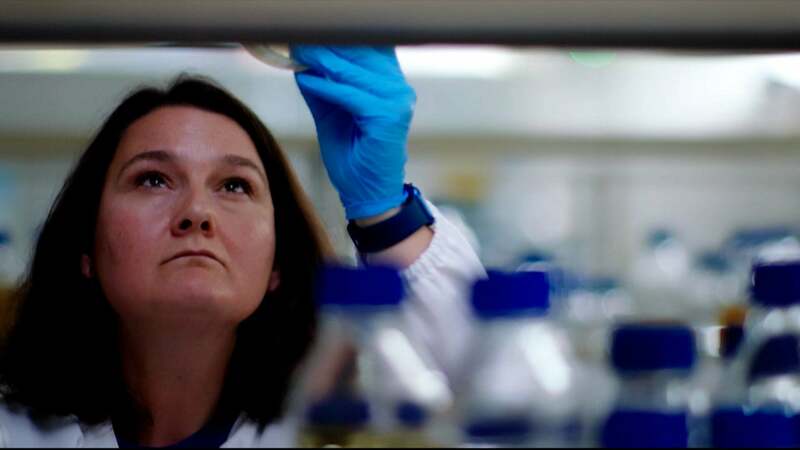Fighting for those with cystic fibrosis
Eva Martin was diagnosed with cystic fibrosis at 3 weeks old. Though all babies are tested at birth in Ireland, Eva's symptoms began before the bloodwork was even processed.
“She was hugely symptomatic at birth,” her mother, Bernie, recalls. Eva’s skin was peeling off and she was having near constant bowel movements. “I didn’t know what was wrong with her. I just kept bringing her back to the maternity hospital because I knew there was something wrong. I didn’t know anything about CF so I didn’t know what it was.”
In Ireland, one in 19 people carry the gene for cystic fibrosis (CF), a genetic condition that affects the body’s cells, tissues, and glands that make mucus and sweat. The excess mucus leads to chronic infections that whittle away at essential organs like the lungs and pancreas. And with repeat infections come repeat antibiotics, rendering antibiotic resistance a chronic worry for patients and their families.
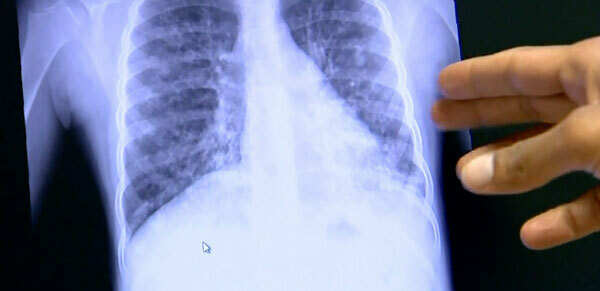
For the Martin family, the early years of Eva’s life proved challenging as the family navigated how to protect young Eva from repeat illnesses.
“All those things that should be a rite of passage for kids, they became a huge risk,” she recalls, noting playdates and visitors became anxiety-filled events. Eva’s lungs were a chronic issue and even a minor virus could land her in the hospital with mucus buildup and trouble breathing.
“Things were normal one day and then not the next. Sickness would hit out of nowhere and Eva might be out of school for three weeks,” Bernie says.
Eva’s story isn’t unique. Worldwide, an estimated 105,000 people have been diagnosed with CF. While treatments are improving and median lifespans have extended from childhood into the 50s or 60s, there remains progress to be made and a cure to be found.
At Notre Dame, two unlikely professors, along with a partner at Trinity College Dublin, are assessing a novel method to help treat cystic fibrosis.
Rob Nerenberg and Al Cerrone, professors in the Department of Civil and Environmental Engineering and Earth Sciences, are quick to note they aren’t cystic fibrosis experts. Cerrone is a specialist in the mechanics and durability of materials. Nerenberg specializes in biofilms, or colonies of bacteria that band together to resist destruction, but has typically applied his research to environmental presentations of biofilms.
“Bacteria tend to grow in clusters or colonies attached to a surface where they produce a special gel-like matrix that helps protect them. This system is called a biofilm. It turns out when bacteria grow in this fashion, they’re extremely resistant to adverse environments, including antibiotics,” says Nerenberg, who explains that CF patients are particularly prone to these types of infections. The problem, he notes, is that in order to treat these often deadly infections, doctors must use progressively more extreme options.
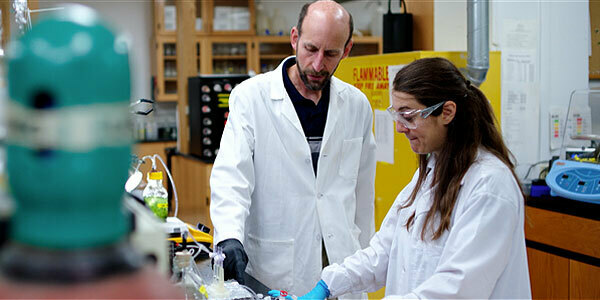
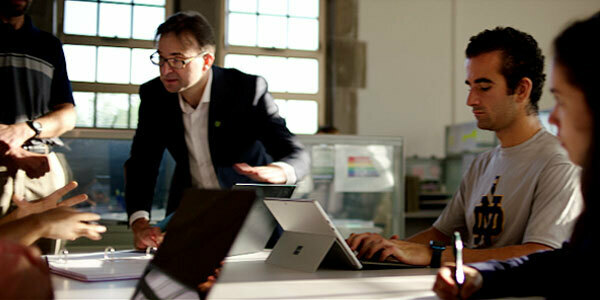
“There are more and more of these multi-drug-resistant strains. The drugs people are resorting to are more and more harsh and have more and more side effects, where you’re saving the person’s life at the cost of giving up something important to that person, some other organ or function, which is heartbreaking,” Nerenberg explains.
Both engineers were intrigued by a phenomenon known as the bioacoustic effect, where antibiotic efficiency is enhanced by low-frequency ultrasound. “This coupling offers a pathway for engineering innovation,” says Cerrone. “It had been studied before, but we did not know exactly how and why this seemingly trivial mechanical signal was so potent.”
With seed funds from the Luksic Family Foundation and the Berthiaume Institute for Precision Health, and with assistance from doctoral student Yanina Nahum and undergraduate student Neila Gross, they were able to carry out preliminary studies.
They demonstrated how antibiotics typically permeate only the exterior layer of a biofilm. With a higher dose, they may go a little deeper. But after a low-frequency ultrasound, the antibiotics saturate to the center. “We saw how low-frequency ultrasound was enhancing the antibiotics in the biofilms, but did not know exactly why,” says Nerenberg. “Our mechanics-centric approach eventually led us to ask more fundamental scientific questions.”
To find the answers to those questions, they enlisted the help of Marta Martins, a professor of microbiology at Trinity College Dublin. Given Ireland’s prevalence rates, the Notre Dame researchers had focused on finding an Irish partner, and with help from the Naughton Fellowship, a program at Notre Dame that provides opportunities for students and faculty to partner with Irish institutions, they were able to launch a diverse and complementary partnership.
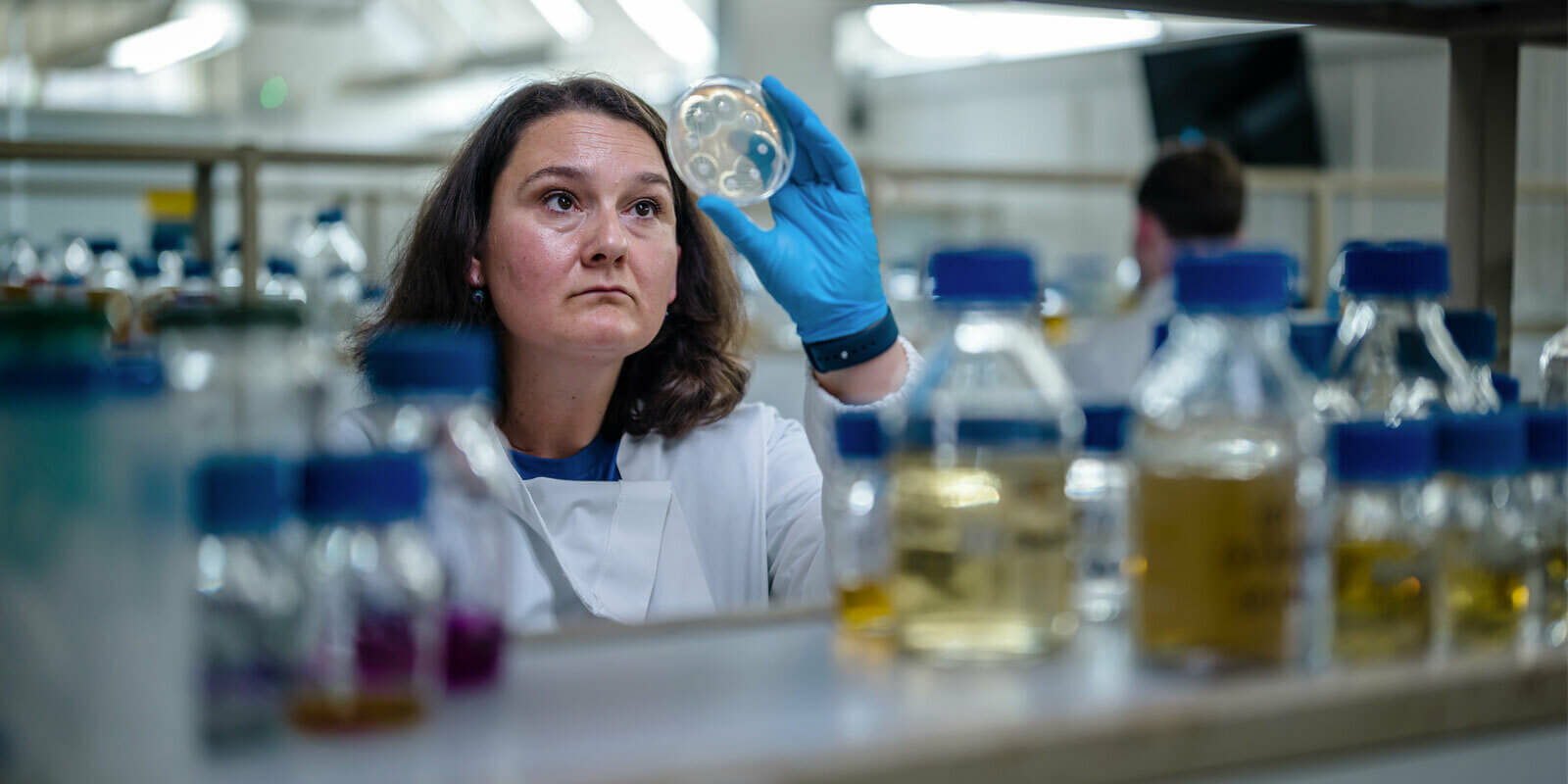
Martins is an expert on a specific kind of microbial defense, bacterial efflux pumps, that Cerrone and Nerenberg hypothesized might be impaired by ultrasound.
“It has been highly motivating and productive since it started,” Martins enthuses, saying this kind of interdisciplinary collaboration is something she loves. “I find it interesting because it is combining something that is already there. Ultrasound is not something that was invented now, so it has been there. And low-frequency ultrasound has been there, but I think their novel approach is actually to try to understand what it’s doing and try to understand that in combination with antibiotics.”
Cerrone adds, “She has allowed Rob and me to step out of our comfort zones and assess the cellular mechanisms that may be driving this potential therapy.”
What’s more, the overseas collaboration has also resulted in an exchange. Notre Dame student Nahum spent last summer in Dublin, while Trinity College doctoral student Zoe Dunphy joined the Notre Dame labs this summer. The students learned tools and techniques from their host labs, and then returned home to implement what they’ve gained, furthering the interdisciplinary effort.
Though the collaboration is young, and the research still at the molecular level, Martins believes the trajectory is upward. “This initial project, it’s a trampoline for something bigger,” she says.
***
Eva Martin is now 10 years old. She goes to school, plays Gaelic football, and lives a rich life, thanks to scientific progress, therapeutics, and dedicated researchers like those at Notre Dame and Trinity College Dublin.

“Her baseline health is so much higher. Her standard of living is just incredibly transformed,” her mother gushes. “Everything we can do in the fight against CF, everything that moves us closer to a cure, I’m seeing it in front of my eyes on a daily basis, how far she’s come and how far medicine and science has come in those 10 years. You pinch yourself some days.”
Marta Martins Photo: Eric Girgash (NBC photos)
